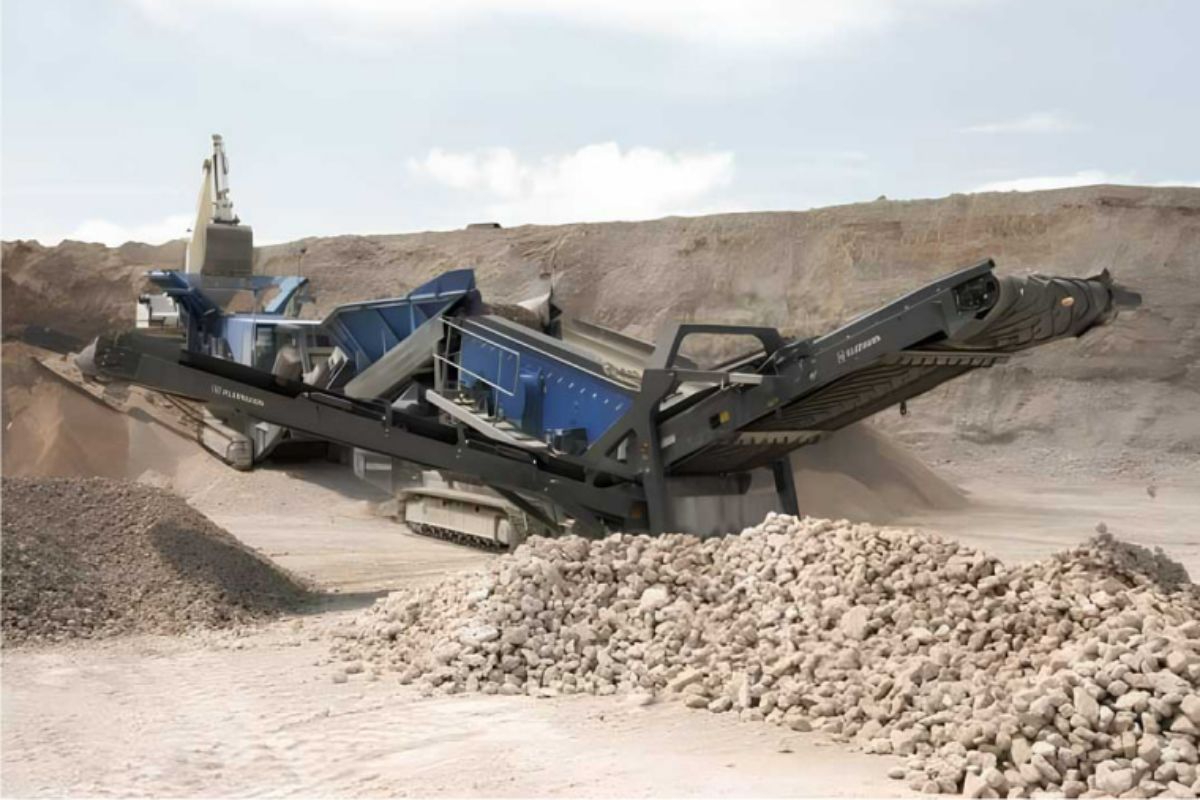
How to Select a Vibrating Screen for Your Industry-Specific Needs
Overview
- The article guides industries in making strategic choices that enhance efficiency and productivity.
- It elucidates the factors influencing selection, including particle size, capacity requirements, and material characteristics.
- It also explores the different types of vibrating screens, such as linear, circular, and elliptical, shedding light on their features and applications.
Within the world of industrial screening equipment, a vibrating screen stands as a key player in solid waste management, construction, logistics, and more, providing unmatched benefits. This equipment segregates and categorizes various particles based on their sizes by transmitting vibrations to a screen. The finer particles pass through the openings in the screening surface, while the larger particles stay on the surface.
Multico, the leading distributor of vibrating screens in the Philippines, brings forth high-quality solutions catering to diverse industries in Manila, Cebu, and Davao. This article aims to guide you on how to select the perfect vibrating screen for your industry-specific needs.
Understanding Your Industry’s Requirements

Understanding the unique requirements of each industry is imperative when selecting a vibrating screen. The chemical, construction, and metallurgy enterprises with distinct processes and materials necessitate tailored solutions, as do other industries.
Construction Industry
The construction industry involves the creation, renovation, and maintenance of structures, infrastructure, and facilities. In construction, efficient material separation is critical. Vibrating screens play a vital part in sorting and classifying aggregates, ensuring the quality of construction materials.
KLEEMANN’s MOBISCREEN Mobile Scalping Screens, distributed by Multico in the Philippines, are vital for the construction industry, providing essential initial material sorting before crushing. These screens enhance processing efficiency on construction sites by offering a variety of surface options, including slotted grates, finger screens, and punched plates, tailored to different materials. With multiple double-deck configurations, they meet specific screening needs, ensuring optimal performance and versatility in demanding construction applications.
Chemical Processing Industry
The chemical processing section involves the transformation of raw materials into valuable chemical products. It spans a spectrum from pharmaceuticals to specialty chemicals.
Without a vibrating screen, materials of varied sizes might cause bottlenecks, leading to inconsistencies in the chemical reactions. The equipment aids in accurate particle separation by size, preventing cross-contamination and facilitating a smooth flow of materials in processes like crystallization and filtration.
Metallurgy Industry
Metallurgy involves the extraction, refining, and processing of metals and alloys. In this, achieving precise particle sizes is crucial for subsequent processes. Vibrating screens contribute to the efficient classification of ores and metals, ensuring consistency in the final product.
For instance, a metallurgical plant where ores must be classified before further processing needs a vibrating screen to minimize the risk of irregularities in material size and compromised efficiency in subsequent processes.
Factors Influencing Vibrating Screen Selection
Selecting the suitable vibrating screen for your industry-specific needs demands a nuanced understanding of the factors that shape this decision, such as:
Particle Size and Distribution
Particle size and distribution refers to the range and variation of the size particles within the materials you’re aiming to process. Considering these factors allows you to choose a screen with the appropriate mesh size and design, ensuring optimal performance in sorting and classifying materials based on size.
Capacity Requirements
Capacity requirements pertain to the volume of materials your vibrating screen needs to handle within a specific timeframe. It directly impacts the efficiency of your industrial operations. You can select a vibrating screen with the appropriate screen length and design, preventing overloading and maximizing the throughput of materials.
Material Characteristics
Material characteristics contain the physical and chemical properties of the substances processed by the vibrating screen. This is crucial for selecting a vibrating screen that can handle the unique properties of your materials without compromising performance, allowing you to choose the right design and features to withstand the specific demands of your materials.
Types of Vibrating Screens

Vibrating screens are essential for project efficiency, offering features like high vibration intensity, large vibration amplitude, and low frequency. To guide you in choosing the right one for your project needs, we will dive into some of its common types:
Linear Vibrating Screen
The linear vibrating screen is commonly used in mining and aggregates because it harnesses the power of double vibrating motors rotating in opposite and synchronous directions. This imparts a horizontal force, causing the screen to move in a straight line. The opposing forces of the motors generate a perpendicular force that propels the screen’s motion.
Circular Vibrating Screen
The circular vibrating screen is a high-efficiency screen with multiple layers used in construction sectors. Its design incorporates screen materials, including a high, punched screen plate, and rubber screen plate. The seat-type structure allows easy adjustments to the screen surface angle by altering the position and height of the spring support.
Elliptical Vibrating Screen
The elliptical vibrating screen follows an elliptical motion track, making it ideal for screening operations in mines and quarries that involve stone and sand materials. Its larger capacity enables usage in more extensive operations, found in mines, quarries, mobiles, and other screening applications.
Key Takeaway
By unraveling the complexities of how to select the perfect vibrating screen by assessing different types and factors and understanding requirements, industries can optimize efficiency, reduce operational costs, and ensure seamless material separation.
Ready to upgrade your operations with the right vibrating screen? Multico, a leading distributor of high-quality vibrating screens in the Philippines, stands ready to cater to your unique needs. Contact us today and explore our diverse range of vibrating screens designed for efficiency and durability.



